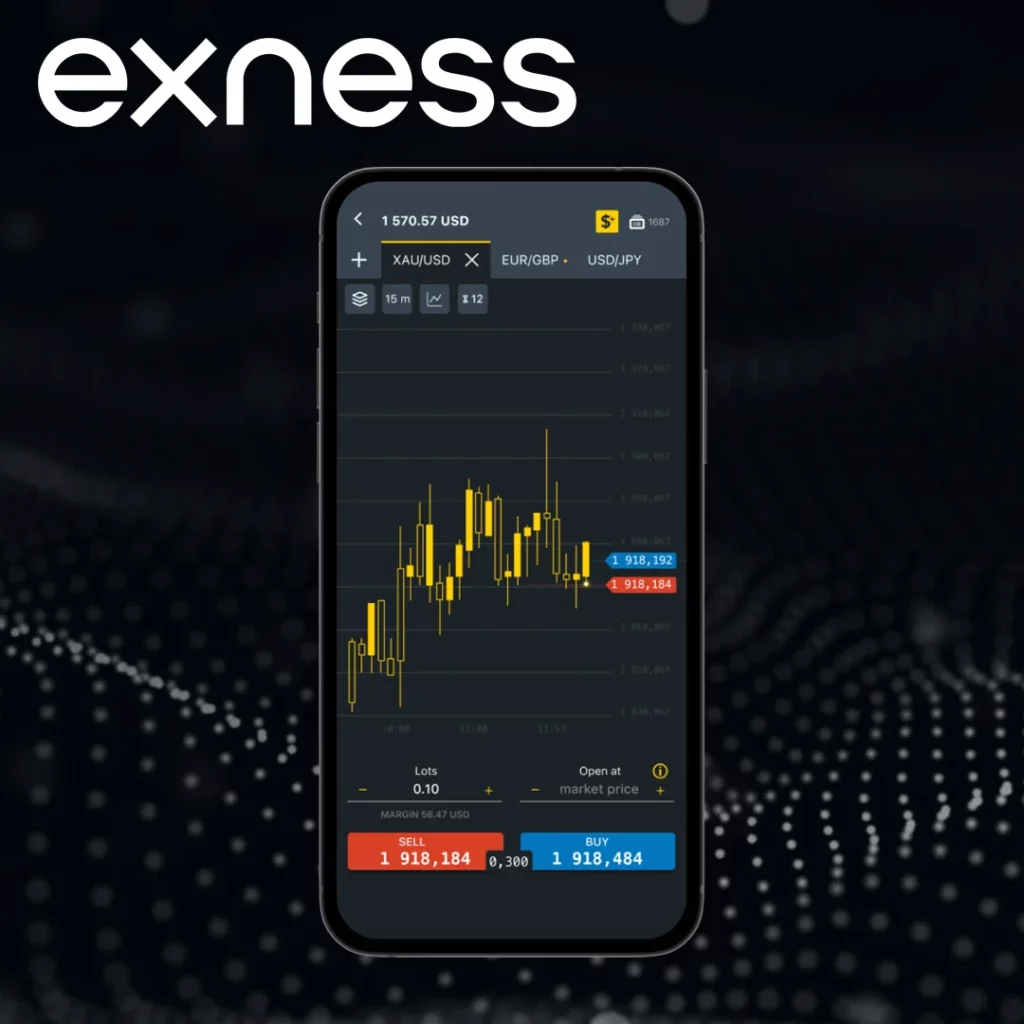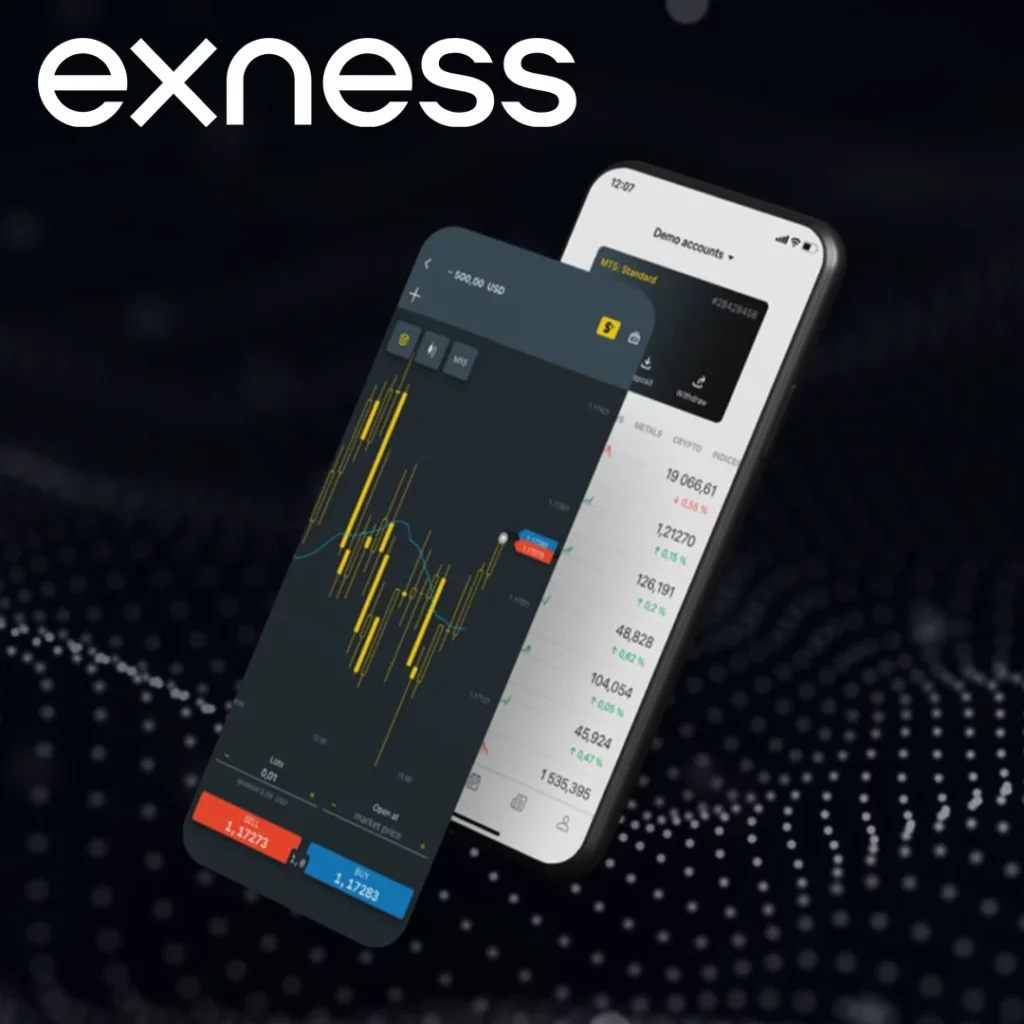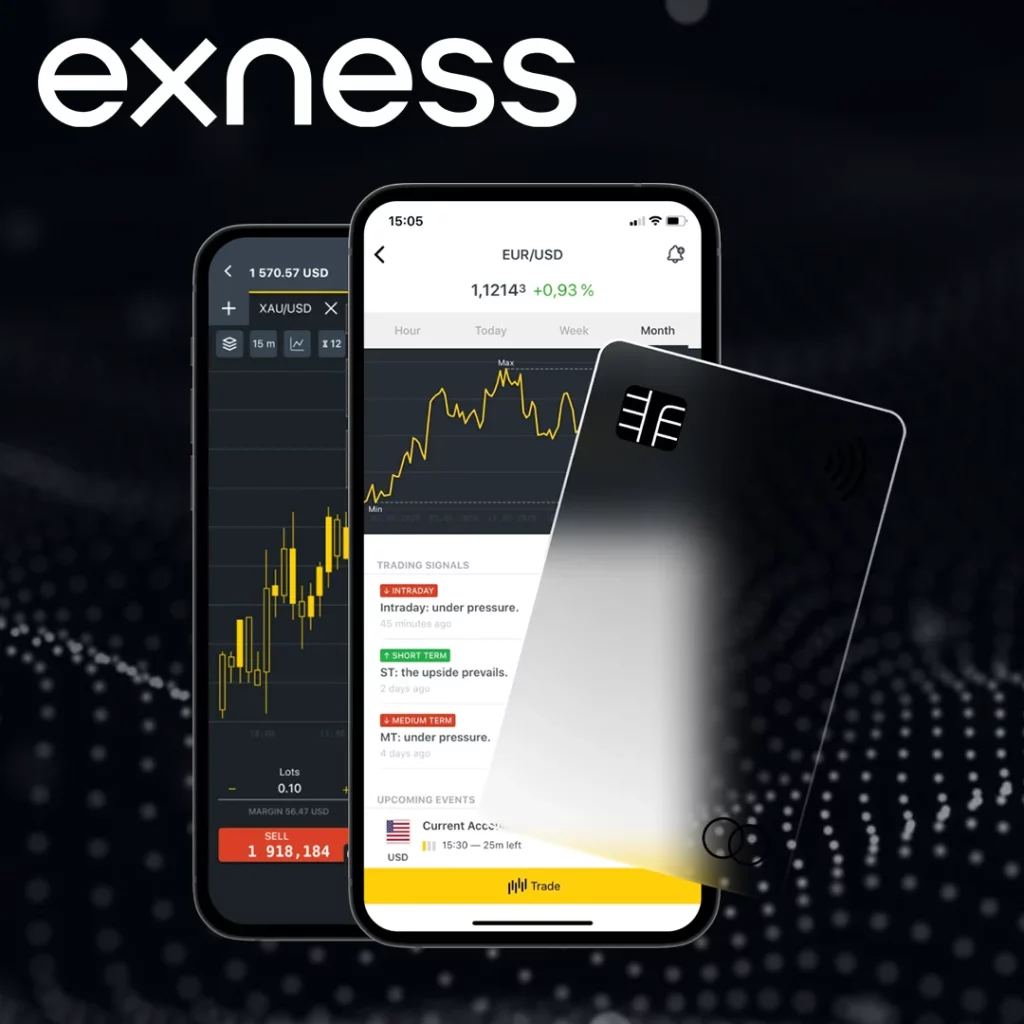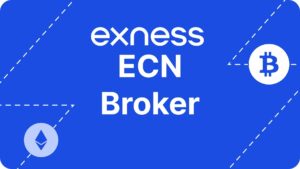Starting your trading journey means picking the right account type. Platform Exness provides various options to match different trading styles. Two popular choices are the Zero Spread Account and the Raw Spread Account. Both have their own strengths, and knowing what sets them apart can help you choose the one that fits your goals.
The Exness Zero Spread Account is great for traders who want clear, steady costs. Meanwhile, the Raw Spread Account is perfect for those who need super-low spreads that change with the market. Each supports different trading approaches, so let’s break down how they work and what they offer.
Exness Zero Spread Trading Account
The Zero Spread Account keeps things simple with a clear pricing setup. Instead of a spread (the gap between buy and sell prices), you pay a fixed fee for each trade. This makes costs easy to predict, which is a big plus in fast-moving markets where spreads can jump around.
With no spread, this account often gives tighter prices, making it a favorite for traders who trade a lot. Knowing your exact costs per trade helps you plan better and avoid surprises.
Key Features:
- No spread: Exactly as it sounds—no spread on trades.
- Fixed fee: You pay a set commission based on the asset and trade size.
- Competitive prices: No spread means better pricing, especially in wild markets.
- Great for active traders: The fixed fee makes frequent trading more affordable over time.
Who Should Choose It?

- Traders who like predictable costs and want to know their exact trade expenses.
- Active traders making many trades who need steady pricing.
- Those who want to avoid surprises from changing spreads during market swings.
Exness Raw Spread Trading Account

The Exness Raw Spread Account works differently. It gives you super-tight spreads straight from liquidity providers. These spreads aren’t fixed and can shift with market conditions. This account is a top pick for traders like scalpers, who need the lowest possible spreads to profit from tiny price changes.
Unlike the Zero Spread Account, there’s no fixed fee. Instead, your trading cost comes from the spread, which varies trade by trade. For those trading major currency pairs, this account offers market-based pricing for precise trade entries and exits.
Key Features:
- Flexible spreads: Spreads move with the market but stay very low.
- No set fee: Costs come from the spread, not a fixed commission.
- Market-based pricing: Spreads reflect real-time liquidity provider data.
- Perfect for scalpers: Ideal for traders chasing small price shifts.
Who Should Choose It?
- Traders hunting for the tightest spreads, especially on major pairs.
- Scalpers needing low spreads for quick trades.
- Those okay with costs that change based on market conditions.
Zero Spread vs Raw Spread: A Side-by-Side Look
Here’s a clear comparison to show how these accounts differ in pricing, spreads, and best uses.
| Feature | Raw Spread Account | Zero Spread Account |
| Best For | Scalpers, major pair traders | Frequent traders, active traders |
| Ideal Trading Style | Scalping, small price movements | High-frequency trading, clear costs |
| Commission | No fixed fee, costs in spread | Fixed fee per trade |
| Spread Type | Variable spread | No spread |
| Cost Structure | Varies with market conditions | Clear and predictable |
| Spread Size | Very low, market-driven | None |
| Market Impact | Spreads may widen in volatile markets | Stable costs, no market fluctuation |
Which Account Fits Your Style?
Choosing between these accounts depends on how you trade and what you value most. Here’s a quick guide.
Zero Spread Account: If you want to know your trade costs upfront, this is the one for you. You pay a fixed fee per trade, and with no spread, your costs stay steady even when markets get crazy. It’s awesome for traders who make lots of trades and need reliable pricing.
Raw Spread Account: If you’re all about getting the lowest spreads and don’t mind costs that shift, this account delivers. You’ll get market-driven spreads, which is great for scalpers or traders focusing on major currency pairs who need tight pricing to catch small moves.
In short, both accounts are powerful but serve different needs. If you trade often and want predictable costs, pick the Zero Spread Account. If low spreads are your priority and you’re fine with variable costs, go with the Raw Spread Account.
Conclusion

The Zero Spread and Raw Spread Accounts are built for different traders. The Zero Spread Account offers clear, fixed costs with no spread, making it great for frequent traders who want predictability. The Raw Spread Account, with its ultra-low, market-driven spreads and no fixed fees, is ideal for scalpers and those trading major pairs. By knowing your trading style and goals, you can pick the account that best matches your needs.

Trade with trusted broker Exness today
See for yourself why Exness is the preferred broker of over 800,000 traders and 64,000 partners.
FAQs
What’s the key difference between Zero Spread and Raw Spread Accounts?
The Zero Spread Account has no spread but charges a fixed fee per trade. The Raw Spread Account has very low, variable spreads with no fixed fee, and costs depend on market conditions.



